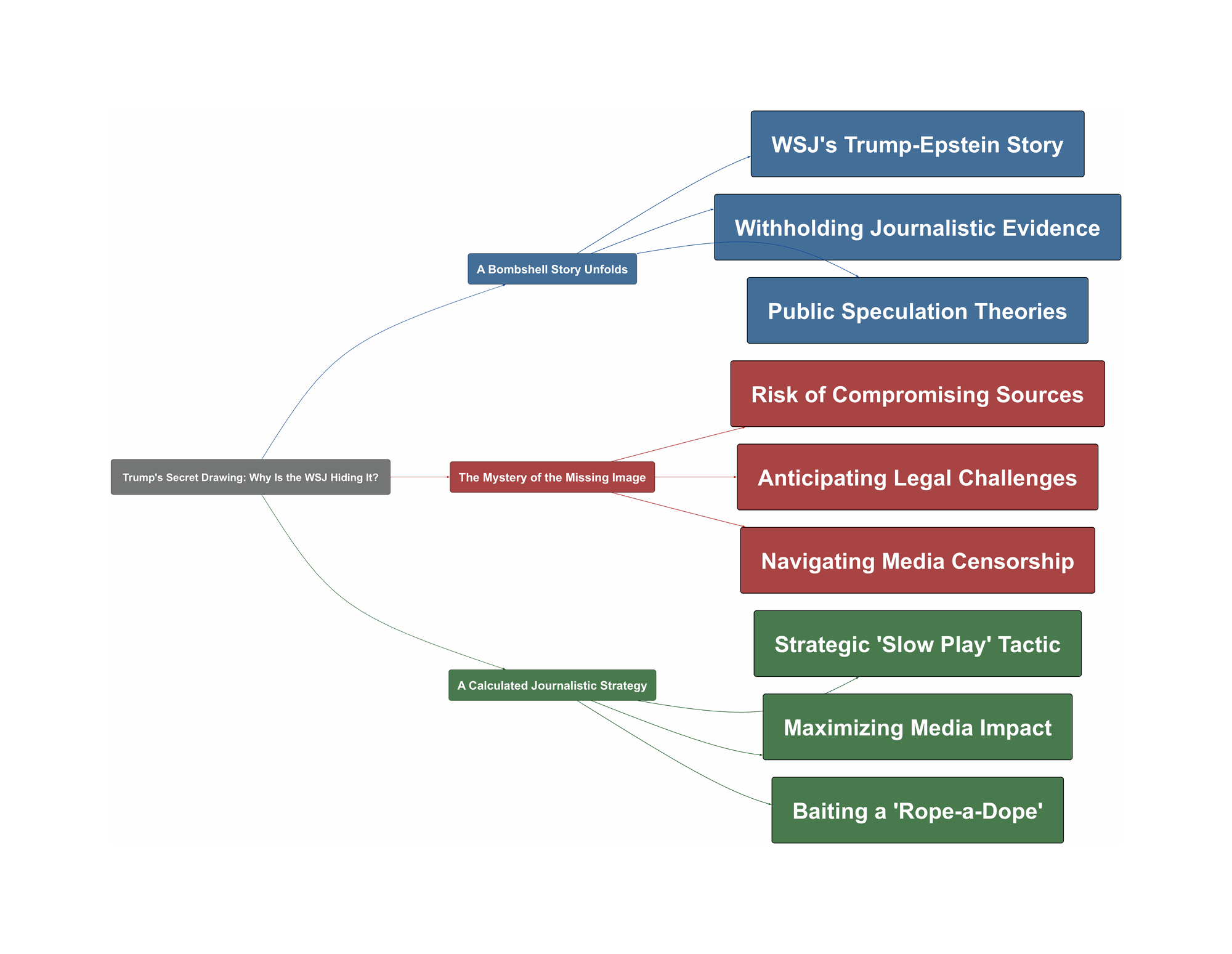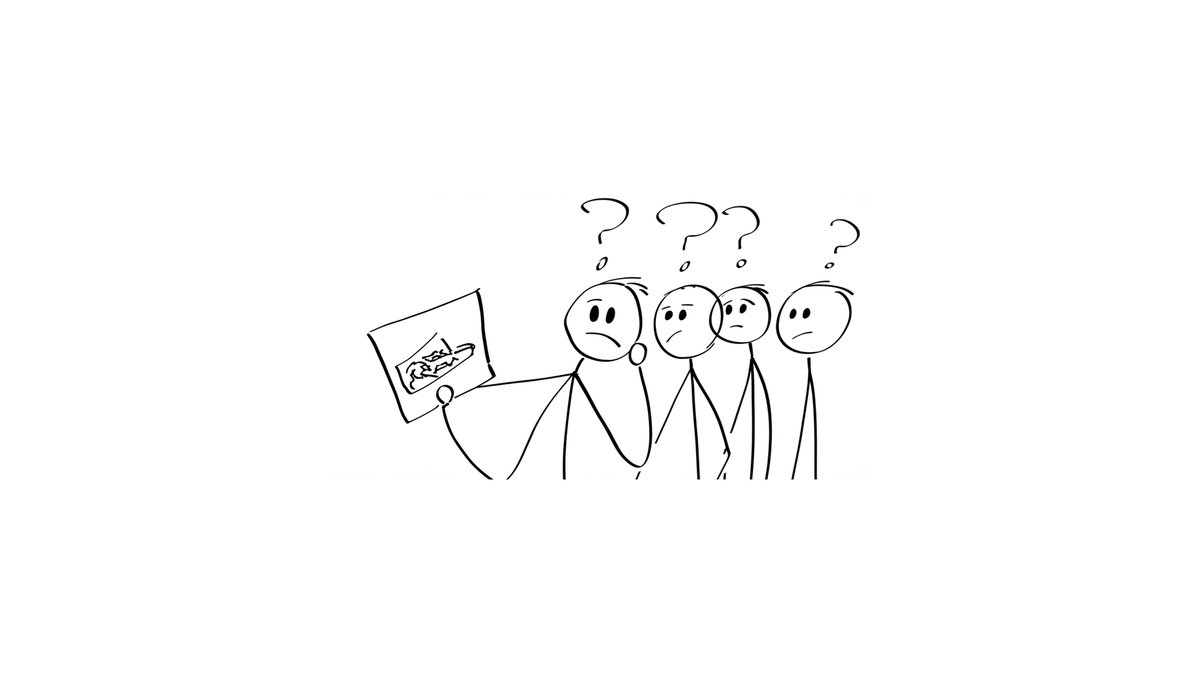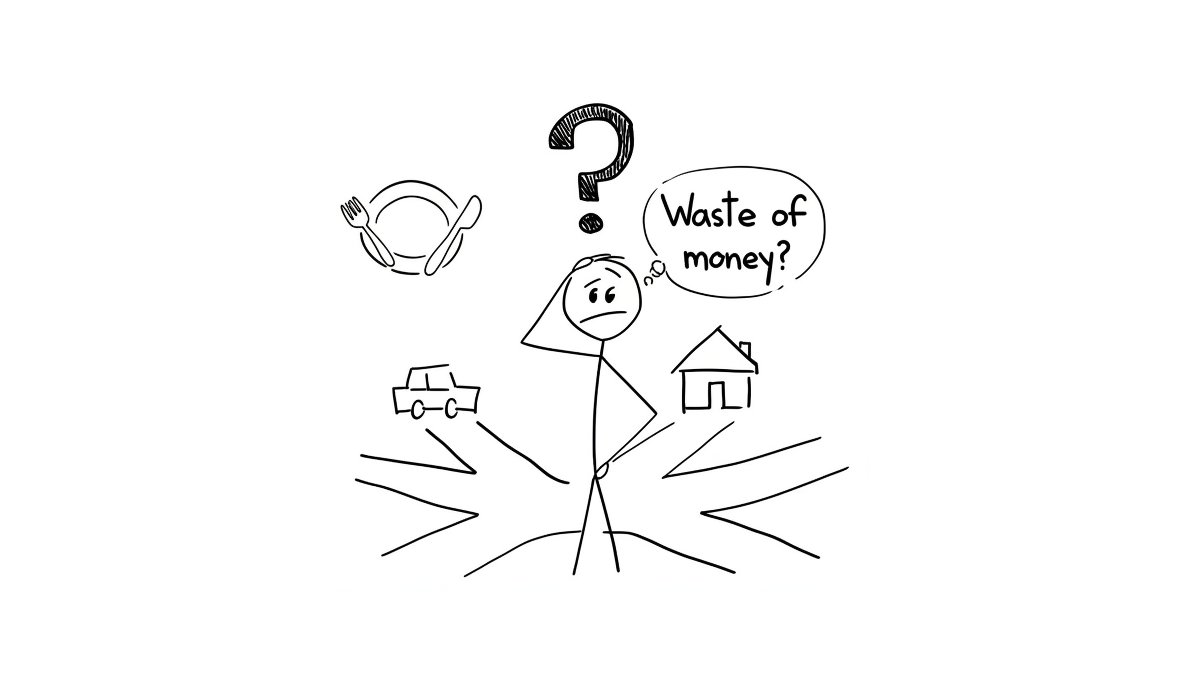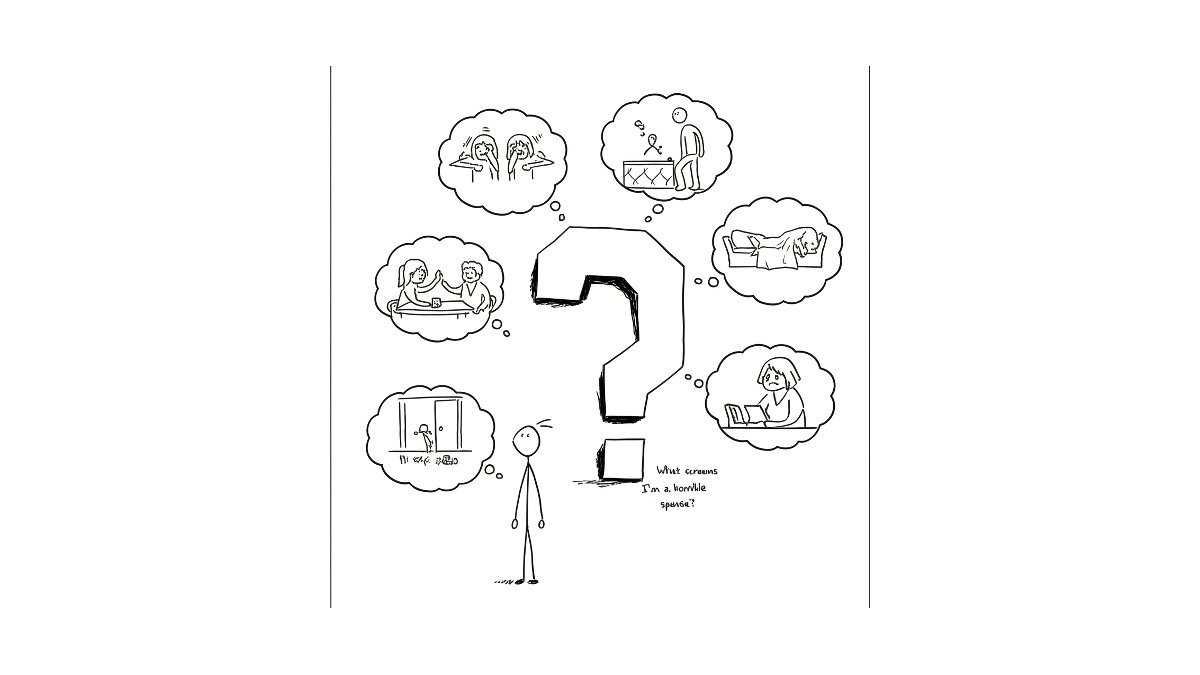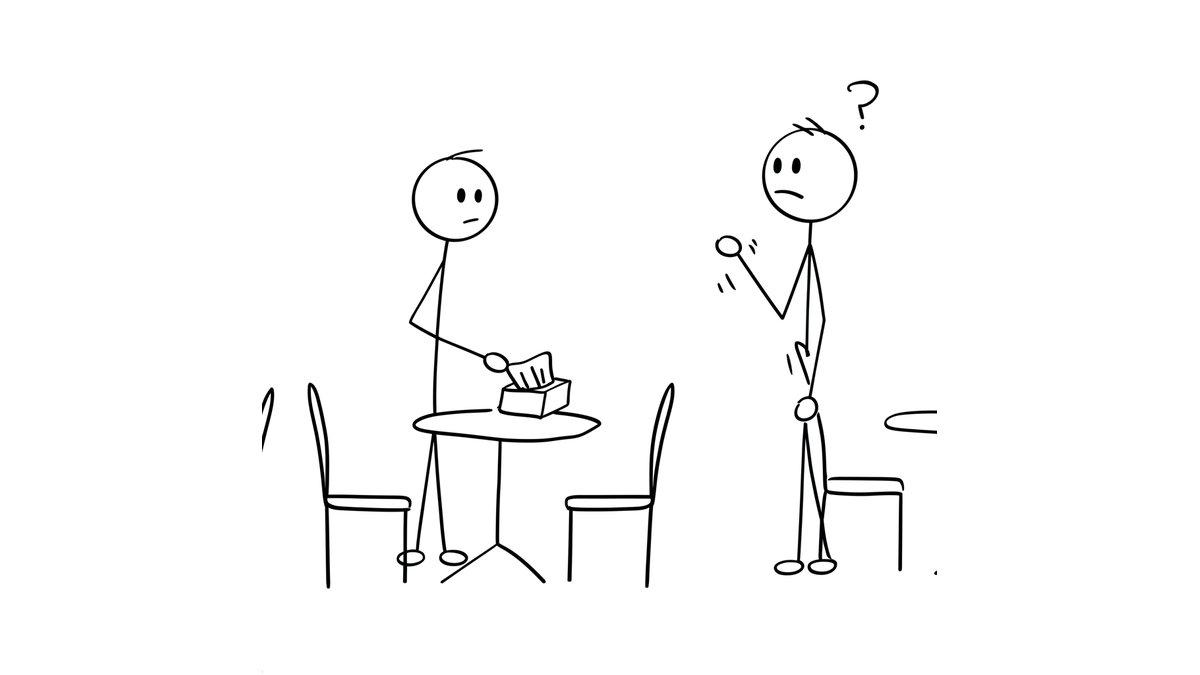Have you ever wondered what happens behind the scenes of a major news story? A recent Wall Street Journal report gives us a fascinating glimpse. They dropped a bombshell story involving Donald Trump and Jeffrey Epstein. However, they deliberately left out the most crucial piece of evidence, sparking intense debate online.
A Bombshell Story Unfolds
Recently, the Wall Street Journal published an article detailing a crude drawing allegedly sent by Donald Trump to Jeffrey Epstein. This story immediately captured public attention due to the high-profile names involved. Nevertheless, the newspaper chose not to publish an image of the drawing itself. This decision left many readers questioning the publication’s motives and strategy. As a result, online forums lit up with theories about this mysterious missing piece of the puzzle.
“I don’t know but someone has a treasure trove of Epstein docs and this could just be the 1st drip.”
Furthermore, this isn’t just baseless speculation. The item in question appears to be known to authorities. Some users pointed out that government records seem to corroborate the existence of the evidence, making its absence from the article even more intriguing.
“FBI records released previously show that birthday book was in the list of evidence that was obtained in 2019.”
The Mystery of the Missing Image
So, why would a newspaper withhold the very evidence that proves its story? Commenters on Reddit explored several compelling possibilities. First, journalists have a duty to protect their sources. The image could contain markings or other identifiers that would reveal who leaked the document, potentially an FBI agent. Releasing it could trigger a major investigation and endanger the source.
“Because the image was leaked by an FBI agent (etc) with access to the files and showing the image with whatever government markings would reveal this fact, starting a huge investigation, potentially compromising the source.”
Additionally, the nature of the drawing presents another challenge. According to discussions, it is an explicit sketch of a naked woman. Consequently, publishing such an image could cause problems with international distribution, censorship, or simply be deemed too inappropriate for a mainstream news outlet’s audience.
“From my understanding it’s because it’s of an outline of a naked woman with curves to denote breasts. Americans are kinda prudes about nudity in public settings.”
A Calculated Journalistic Strategy
Ultimately, the most popular theory suggests this is a calculated move. Many believe the WSJ is employing a classic “rope-a-dope” strategy. This tactic involves releasing a story, waiting for the subject to loudly deny it, and then publishing the proof. This approach not only validates the original reporting but also creates a second, more powerful news cycle.
“Rope a dope. They did it a lot during the first Trump admin. Put out a story. Trump would claim it was fake. They’d post proof.”
Moreover, this strategy is also a savvy business decision. By holding back the image, the newspaper baits a response and prepares for a potential lawsuit where the drawing would be revealed in court. Therefore, the delayed release keeps the story alive longer, driving sustained interest and traffic. It turns a single article into an ongoing saga.
“So they can provide the receipts next week and get even more traffic.”
